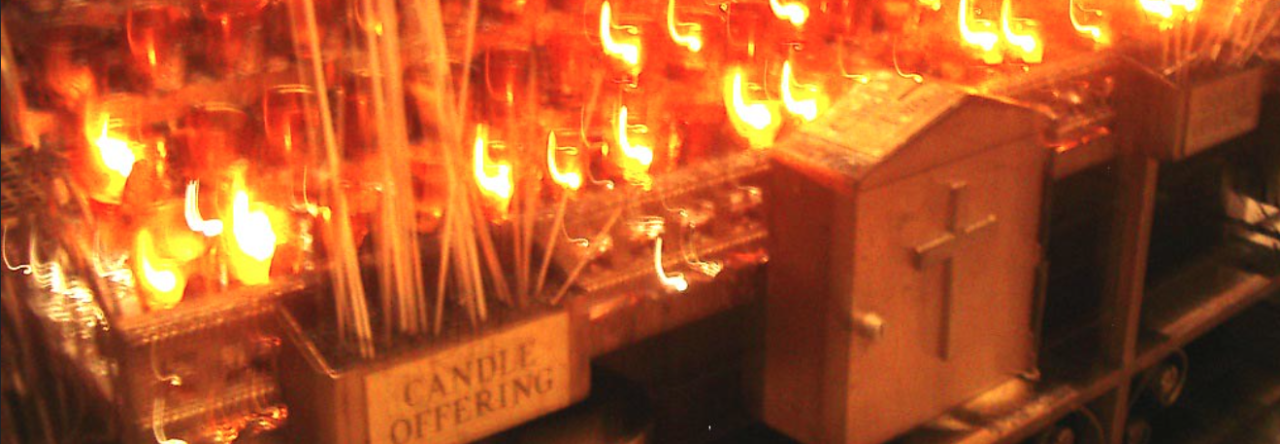METHODS
Sampling Frame and Sourcing
The sampling frame for this project is quite large, though largely contingent on definitions created for the purposes of this research. The horror genre at large will be looked at, with only films that contain Catholic and Protestant imagery and themes being included in the content analysis. As outlined in the introduction, several definitions have been made in regards to the parameters of the sampling frame including the horror genre, Catholic and Protestant imagery, and finally the Satanic Panic. These definitions worked in conjunction when determining what films are to be included in the sample frame of Christian-centered horror films, and therefore which trailers will be included in the content analysis. While horror has been defined as films that were marketed to and received by audiences as such, horror films that also contain a substantial enough amount of Catholic and Protestant imagery will be evaluated on a more case by case basis.
For the film to be included in this content analysis, the elements of Christianity had to have been present in the film to an extent that they were a defining feature. For example, a character who attends church would not be enough to make for a religious horror film, but a film in which a character’s church attendance has an effect on the plot would. Films have been taken from lists of the highest-grossing horror films as seen on TheNumbers.com, which is a site made for industry use and is run by Nash Information Services, LLC. The actual units of observation, horror movie trailers, were fortunately all easily found posted on YouTube.
This is a purposive sample, as I am choosing sample population based on the extremely specific factors I already know will be included. However, the chosen methodology could also be considered a quote sampling, as the film’s in the sample frame will be grouped by year, with only one per being chosen. One possible bias that could prevent this sampling from being representative of the genre as a whole is that it will only include movies that were commercially successful at the time of release.
Content Analysis
Though some preliminary analysis of the films within the sampling frame will be necessary to determine which will be included in this research, the true analysis will be of the film trailers. These trailers have been watched carefully and findings will be put into a codebook of imagery and language, using a Google Sheets doc to keep track of everything. This codebook will include both a quantitative and a qualitative approach. In terms of more quantitative coding, I have counted the amount of appearances of certain images or words, whereas the qualitative came in both the form of leaving comments, and in differentiating between different forms of certain codes. See the codebook below for the full scope of coding;
Code Sheet Imagery / Visuals People (of religious authority) Pastor Priest Bishop Cardinal Pope Monk Nun / “Sister” “Father” w/o rank given Church worker Unspecified Catholic Unspecified Protestant Sacred Rituals Exorcism Communion Eucharist Marriage (w/in a church) Prayer Baptism Confirmation Tithing Penance and Reconciliation Anointing of the sick Last rites Genuflecting Sign of the cross Mass / church service Crucifix Rosary beads Stigmata Holy Water Oil (in a religious context) Incense (in a religious context) Wine (in a religious context) Demonic (Biblically canon-related) Satan Demonic figures (not just ghosts) Paranormal movements of objects Unnatural movements of people Possession of adults Possession of children Possession of animals Scenes in Hell Portal to Hell Cult / group demonic worship Alter to Satan Hellfire / fire Blood / gore Sexuality Female Sexuality – Innocent/Benign Femme fatale/manipulative Male Sexuality-Innocent/Benign Domination/abuse Gore/blood and sexuality If Vampire / Undead Religious references Source is/devotion to Hell/underworld Taking Innocent Life Audio / Verbal Sound Effects / Score Classical music Metal Rock music Gospel / choir music Chanting Bells tolling Verbal Reference to Hell Religious figure speaking Latin Nonreligious person speaking Latin Possessed person speaking Latin Possessed person speaking in tongues Reciting of scripture Sermons being given |
